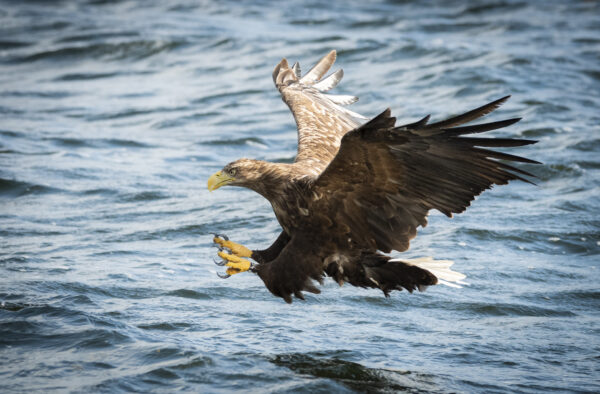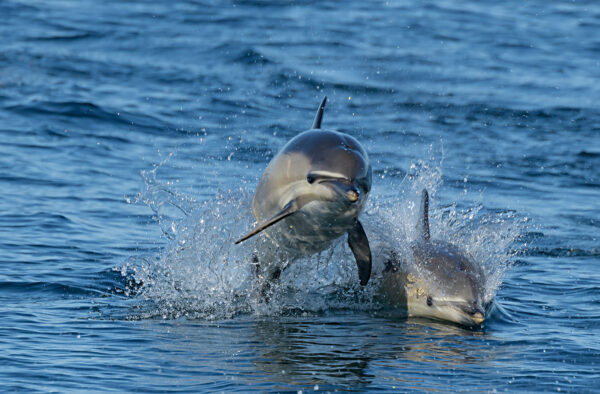Cruising around the Inner and Outer Hebrides provides ample opportunity to witness a huge variety of bird species. Whether you’re a beginner or expert birdwatcher you’ll be sure to have encounters unique to sailing with Hebridean Adventures. Each holiday is tailored to encompass some of the most biodiverse areas in the UK with opportunities to anchor in some very remote and beautiful areas, where you are surrounded by nature.
Wildlife Guide
There is a huge variety of wildlife, marine life, birds, flowers and plants which you may see on your trip.
“Cetaceans” is the collective name for whales, dolphins and porpoises. Minke whales are the most frequently seen whales throughout the Hebrides. Although usually seen in the distance they will sometimes swim very close beside the boat, rolling on their side, to take in a better view. Common dolphins are often seen in large groups (up to 1000 animals) and frequently bow-ride vessels.
Throughout the Spring and Summer, Western Scotland is renowned for its profusion of wildflowers. Bluebells carpeting woodlands, orchids decorating the moorlands and grasslands, and an abundance of colourful flora across the machair. There are over 1000 species of wildflower found in the Hebrides alone, many of which are very rare and localised.



